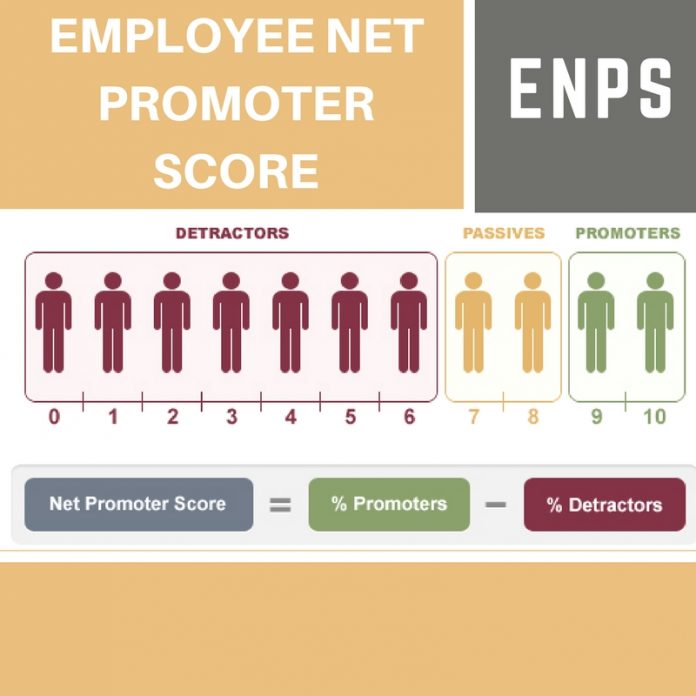Most often than not, employers do not understand how to improve the engagement of the organisation and where to start.
Employee Engagement is the connection and the enthusiasm that the employees feel towards an organisation in committing their creativity, time and hard work. It is naturally related to the performance level of employees, employee retention, and Employee satisfaction and hence is paramount in a workplace.
“To win in the marketplace, you must first win in the workplace.” ~Dough Conant
WHY DO YOU NEED TO MEASURE EMPLOYEE ENGAGEMENT?
Most often than not, employers do not understand how to improve the engagement of the organization and where to start. So before implementing any changes in the organization, the first step should be to measure the degree of engagement.
“If you can’t measure it, you can’t improve it.” ~ Peter Drucker
Degree of Employee engagement can be measured in an unbiased and effective manner by communicating with the employees through polls, surveys and queries. It helps to uncover answers, it gives an idea of what are the factors motivating the employees and what are things that aren’t.

Most often than not, employers do not understand how to improve the engagement of the organization and where to start. So before implementing any changes in the organization, the first step should be to measure the degree of engagement.
“If you can’t measure it, you can’t improve it.” ~ Peter Drucker
Degree of Employee engagement can be measured in an unbiased and effective manner by communicating with the employees through polls, surveys and queries. It helps to uncover answers, it gives an idea of what are the factors motivating the employees and what are things that aren’t.
It gives rise to open discussion and communication with the respondents about the key topics. It gives the management an opportunity to address the most important problem in hand rather than dwelling on lesser important topics. Conducting timely surveys with repetitive questions gives an excellent comparison tool to the management to measure the progress of their employee engagement programs.
eNPS
Remember every time you book your movie tickets via bookmyshow.com or use Paytm for your online payment, you get a feedback question before leaving the page like “How likely is it that you would recommend [company X] to a friend or colleague?”

It is nothing but a metric measurement technique called Net Promoter Score (NPS).
The Net Promoter Score (NPS) is a concept pioneered and trademarked by Bain & Company, Satmetrix Systems, Inc., and Fred Reichheld. It is designed as a way to measure customer satisfaction and customer loyalty.
Can we actually measure employee engagement against a similar metric which is quick, direct, real time?
The employee Net Promoter Score (eNPS) is a concept that builds off the NPS system, allowing employers to measure and get a snapshot of employee loyalty and engagement within their company by asking them a variety of questions.
The respondents are to answer the asked question in the form of a number on a scale of 0 to 10.
The answers are broken down into Detractors (0-6) Passives (7, 8) and Promoters (9, 10).

Calculation of ENPS:

Promoters are loyal, enthusiastic employees. They sing the company’s praises to friends and colleagues.
Passives are neither emotionally engaged nor are disengaged. They are left out of the calculation.
Detractors are unhappy employees. They account for more than 80 percent of negative word-of-mouth
Good Score: Anything above 10 is considered as a good eNPS score.
WHY eNPS?
There are a number of ways of conducting surveys and polls that can be used to measure employee engagement, so why should you use eNPS over others? Here are some of the top reasons:
1. The same questions can be repeated over time to check progress of employee engagement.
2. It doesn’t take much time to answer and to act on them. eNPS has a rapid feedback system which is can be direct and real-time.
3. It also does not have the ambiguity of a polar question. The respondent doesn’t have to give a definitive answer, they can respond on a scale of 0-10.
4. It is an excellent tool for benchmarking against one’s own company rather than benchmarking against other companies.
With a set of strategically structured questions, accurate data can be obtained that can help the organization identify the major issues and take neccessary actions.
Having said that, in order to take full advantage of eNPS, there are a few things that the company needs to ensure:
• Maintaining anonymity: Ensuring anonymity for those responding to the survey to encourage honest feedback. If anonymity isn’t ensured, employees are not likely to provide accurate information in fear of retribution.
• Short and straightforward: The metric should be simple, quick and straightforward for everyone to understand easily without consuming much time. The response should be easy to interpret.
• Repetitive pattern: A repetitive set of question is always beneficial to the employers. The metric can act as a comparison tool that helps the organisation to analyse if the action and changes made by them are working or not.
• Frequency: eNPS is meant to be part of an on-going HR management system that can support implementation, action and continuous changes, therefore it is necessary to make this a frequent event.
• Action Plan: Simply conducting a timely survey won’t do any good in keeping the employees engaged if necessary actions are not taken. After receiving the feedback management should always come up with an action plan. The plan should be sustainable, relevant and time-bound.
• Comparison within the organisation: eNPS should be used as a tool for benchmarking against one’s own company rather than benchmarking against other companies.
Organisations invest a lot of time and money along with emotional costs in attracting the potential employees, hiring them and providing them with adequate training, therefore, it becomes a great loss for a company if they are unable to retain their top talent.
In the present scenario where opportunities for jobs are plentiful and job hopping a common phenomenon, the need for employee engagement is huge. eNPS which started as a customer satisfaction tool now is a powerful way to measure and improve employee engagement. Employees feel valued when their suggestions are heard and their feedbacks turn into actions by the management. It is also a leading indicator to predict future outcomes and also helps in combating the churn rate.
eNPS is an excellent tool for benchmarking against one’s own company rather than benchmarking against other companies. It is of great use to measure progress within the organisation and acting on them.
(The author is CTO at Vantage Circle)
Promotional Feature
Value our content... contribute towards our growth. Even a small contribution a month would be of great help for us.
Since eight years, we have been serving the industry through daily news and stories. Our content is free for all and we plan to keep it that way.
Support HRKatha. Pay Here (All it takes is a minute)




































